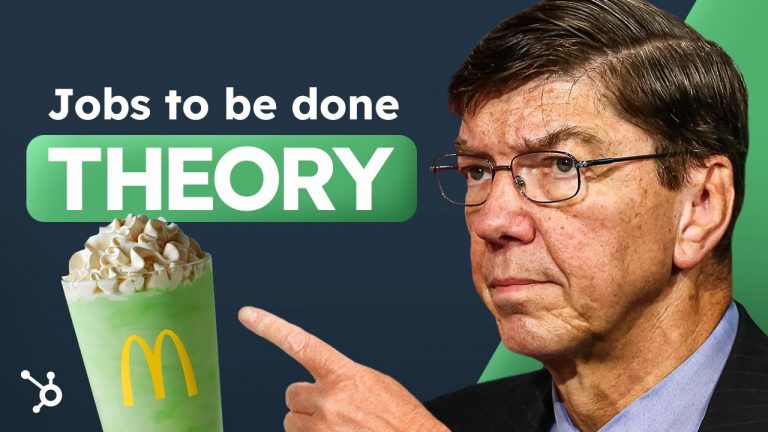
The theory of Jobs-to-be-done, JTBD, was developed by Tony Ulwick in 1990 and was popularized a decade later by Clayton M. Christensen. In his 2003 book, ‘’The innovator’s solution’’ Christensen presented the JTBD theory as a model for entrepreneurs and developers to develop and ascertain a checklist of innovation success before launching their products or services to the market. The theory is based on the premise that customers have initiative, are motivated by different factors in different contexts, and could choose to decline or buy whatever a company is trying to sell to them.
However, when people prefer the offering of a brand to those of its dozens of competitors, it mostly implies that the preferred brand has a superior business model, not necessarily a superior product or service, which inspires a deep sense of connection of the customers to it.
The theory also showcases there is a thin line between a product and its user’s behaviour. Rather than purchase goods or services for their own sake, people mostly spend their money on goods and services in order to satisfy a need under specific circumstances. In other words, people mostly unconsciously acquire goods and services as a means to an end. Therefore, innovation must be driven by an awareness of the gaps that needs to be filled by the users.
Register for Tekedia Mini-MBA edition 19 (Feb 9 – May 2, 2026): big discounts for early bird.
Tekedia AI in Business Masterclass opens registrations.
Join Tekedia Capital Syndicate and co-invest in great global startups.
Register for Tekedia AI Lab: From Technical Design to Deployment (next edition begins Jan 24 2026).
Irrespective of the size of budget and the pool of skills that goes into the innovation process, success is invariably determined by the extent to which the developer or innovator understands the job that people feel needs to be done, and the extent to which a solution (product or service) developed out of this understanding meet users’ expectation.
The process of inquiry into the job that needs to be done must be traced down to specific context, such as understanding the what, who, where, or when. Critically analyzing an offering in terms of its functional, social and emotional relevance to the user constitute the very heart of the JTBD theory. The developer also works with relevant data, such as, the user’s age-category, family status, and financial status which offer insights that can be used to predict user behavior.
Furthermore, interrogating the JTBD of a business enables companies to better understand their competitive landscape and gain insight about previously unnoticed competitors, as well as understand the main drivers behind the why in the customer’s mindset, be it social or emotional.
Studies have shown that most innovation efforts which fall short of expectations in the market are merely driven by their functional uses while their social and emotional uses are often downplayed. It is believed that the social and the emotional components of a product are what invariably inform user preferences and subsequent adoption of the product when people are presented with many alternatives.
How understanding the JTBD drives innovation success and triggers higher customer interest in specific offerings of companies are shown in the following cases:
Case1: Beat Headphones and Making of High-school Cool kids
The maker of Beat headphones was able to capture a substantial market share in the United States despite being considered to offer products of lesser quality compared to brands such as Bose or JBL. However, it transpired that Beat Electronics recorded success in that product line due to its ability to appeal to the high-status craving of most teenagers. Also, due to the brand’s association with American rapper, Jay-Z, users of Beat headphones are seen as “the cool kids” in high school.
Case2: Snapchat, a go-to place for teenagers craving unrestrictive fun
The success initially recorded by social media app, Snapchat, has been attributed to the brands ability to address the social and the emotional component of its offering. Snapchat reportedly reached 190 million daily active users in 2019 despite fierce competition. The customer base of Snapchat users is much younger than that of other social media. The differentiated feature of the social media app is that messages do not stay long the recipient phones. Thus, at the time it launched, Snapchat was able to address the needs of teenagers who have long avoided parental scrutiny.
Resources:
The Innovation Revolution in Agriculture: A Road Map to Value Creation. Hugo Campo Editors



